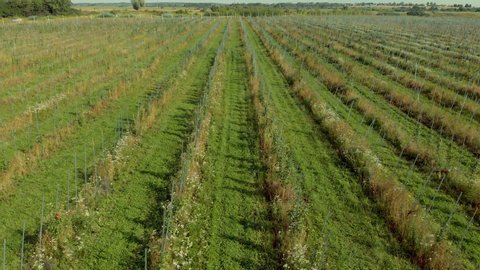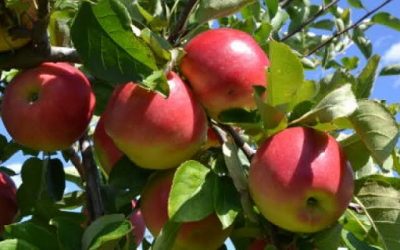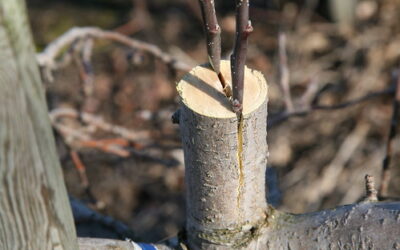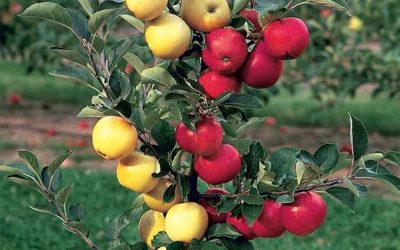Rules for intercropping in Fruit orchards.

Intercropping is the growing of two or more dissimilar crops simultaneously on the same piece of land. Intercropping can improve the crop productivity due to increased plant efficiency for utilization of sunlight with an adequate spatial distribution of various plant architectures.
In young fruit orchards, growing economic crops in inter spaces of the fruit trees during first few years is referred as intercropping.
It enables farmers to utilize not only the vacant space efficiently but also enable them to earn additional income from the same piece of land.
They also act as a cover crop and the land benefits by the cultivation, irrigation, manuring given to the intercrops.
Vegetables, being short duration, shallow rooted, bushy or climbing types with very low plant height makes them ideal companion of perennial large fruit trees. These are the best inter crops in terms of per unit area productivity and profitability when compared with cereals, millets or any other crop.
Water requirements of the vegetable intercrops should not clash with those of the main fruit trees and should be kept well away from the main fruit trees and irrigated independently.
The intercropping should be stopped when trees develop wide canopy and less space is available between two rows for raising secondary crop and also trees have shading effects on secondary crop.
Thereafter, green manuring or cover cropping should be only practiced. It can be concluded that intercropping of short duration vegetables in fruit orchard not only maximize the resource utilization in terms of land, labor and other inputs but also play a pivotal role in minimizing the risk of crop failure by ensuring and enhancing the net income per unit of area.
In this way, the sustained promotion of cultivation of high value fruits and other horticulture crops along with improvement in infrastructure can help enhance farmers’ income and net profitability.


